Results
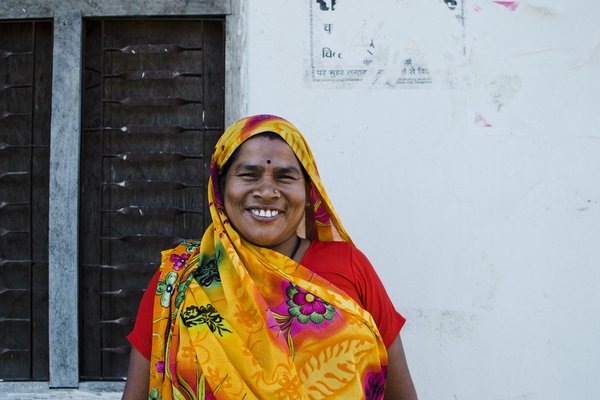
We believe we can end the transmission of the disease by 2035 and one of the crucial new tools to help us achieve this is PEP (Post-Exposure Prophylaxis).
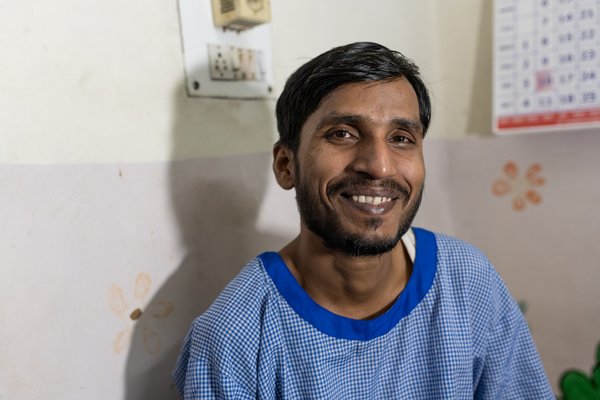
How does a broader medical focus help us to achieve our goal of zero leprosy? Dr Rajeev Nathan, Medical Superintendent of TLM Community Hospital, New Delhi, explains more.
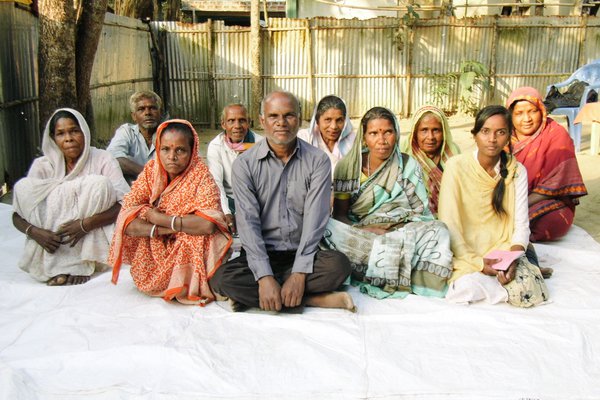
A look at the AEP Project in Bangladesh, which is improving awareness of leprosy through the government, the media, and self-help groups across the country.
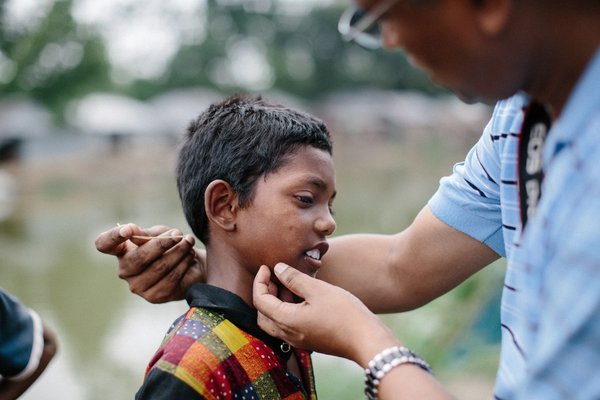
A look at research which reveals the extent to which household contacts are at risk of developing leprosy
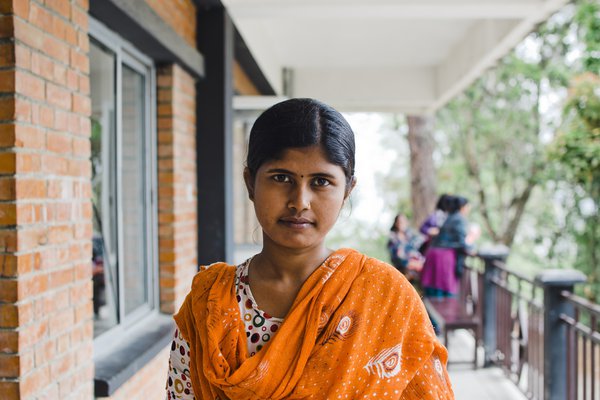
Are we still on course to achieve our goal of zero transmission by 2035? In short, yes.
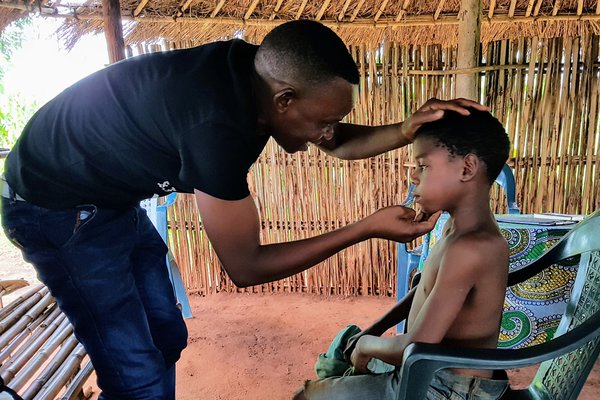
This new project will improve leprosy knowledge and skills in areas of high transmission, increase early detection of the disease, and ensure that local communities have the skills and confidence to solve their ongoing health and environmental challenges in a way that is relevant to their own local context.
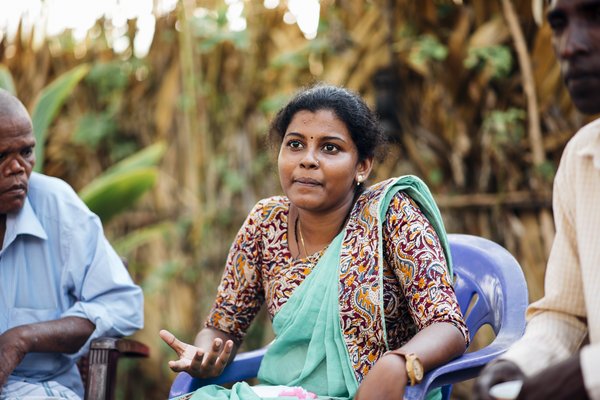
Within the leprosy sector, governments are a crucial and necessary partner on our journey to a world without leprosy. But what is expected from governments?
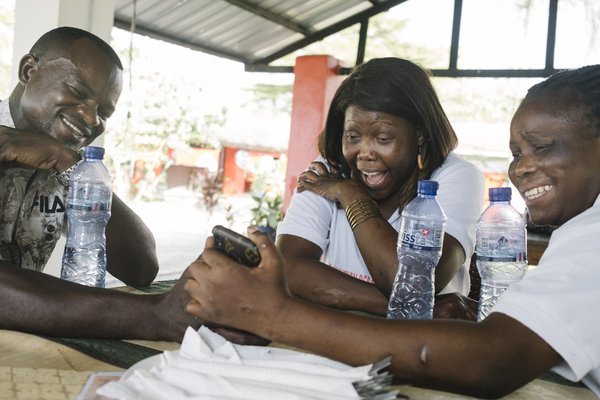
Leprosy Peoples’ Organisations must find themselves at the heart of efforts to defeat leprosy in the years to come.
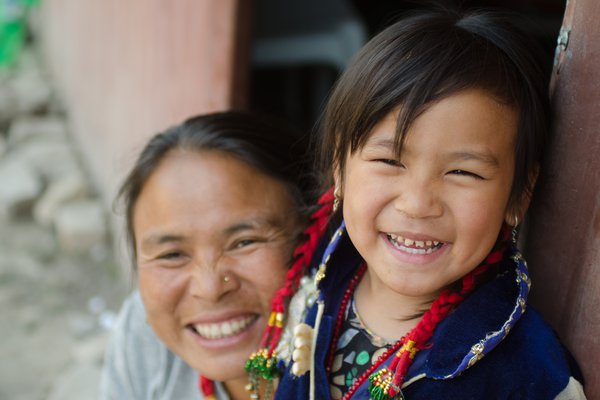
Leprosy is the oldest disease in the world. Sadly, hundreds of thousands of people are still diagnosed with it ever year. We are now entering 2020 and I believe that, in the next 15 years, we will end transmission by 2035.
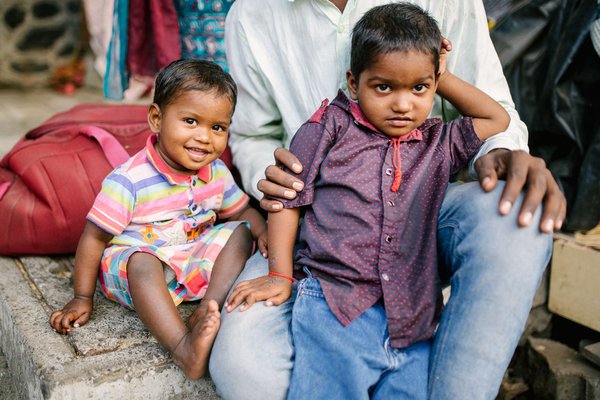
We want to raise the voice of people affected by leprosy and other NTDs. Their plight could be avoided through the eradication of poverty.
There is less than a 2 percent chance that a person who has been recently diagnosed with leprosy has passed the disease on to other people in their household.
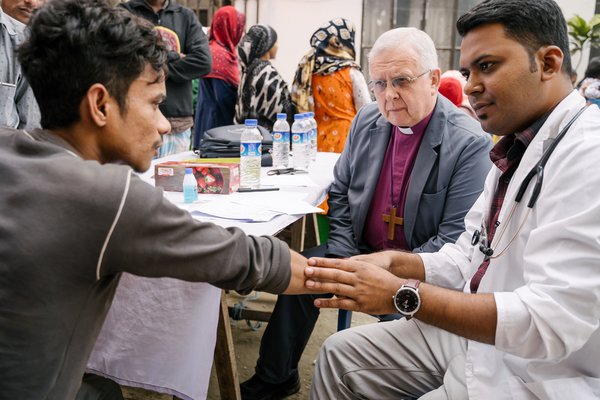
Our researchers in Bangladesh are working on a new field-friendly diagnostic tool that could dramatically reduce transmission of the disease within communities and prevent leprosy-related disabilities.
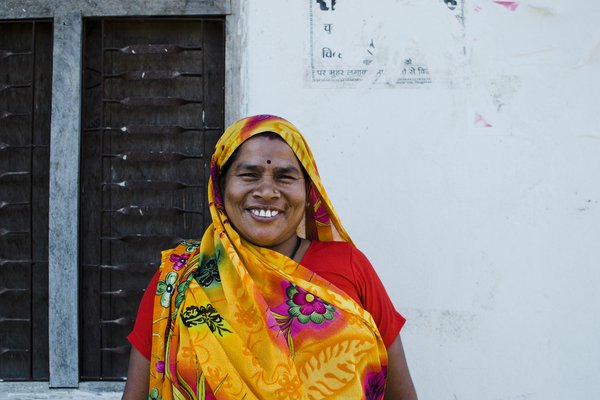
Details of TLM's work to develop a post-exposure prophylaxis that could prevent leprosy

Leprosy has been found in animals in different locations across the world, including in nine banded armadillos, red squirrels, and chimpanzees.
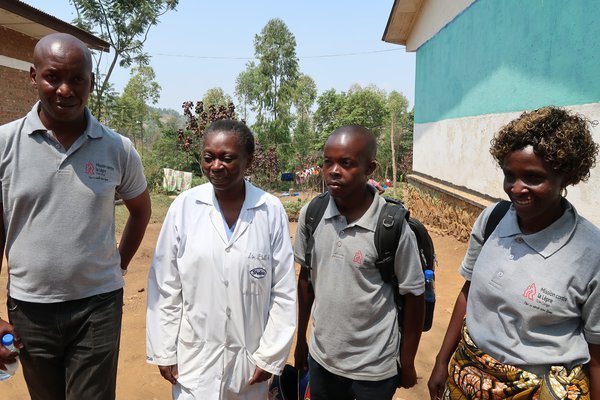
A look at a project in the Democratic Republic of the Congo that is piloting an integrated approach to controlling leprosy, Buruli ulcer and yaws.